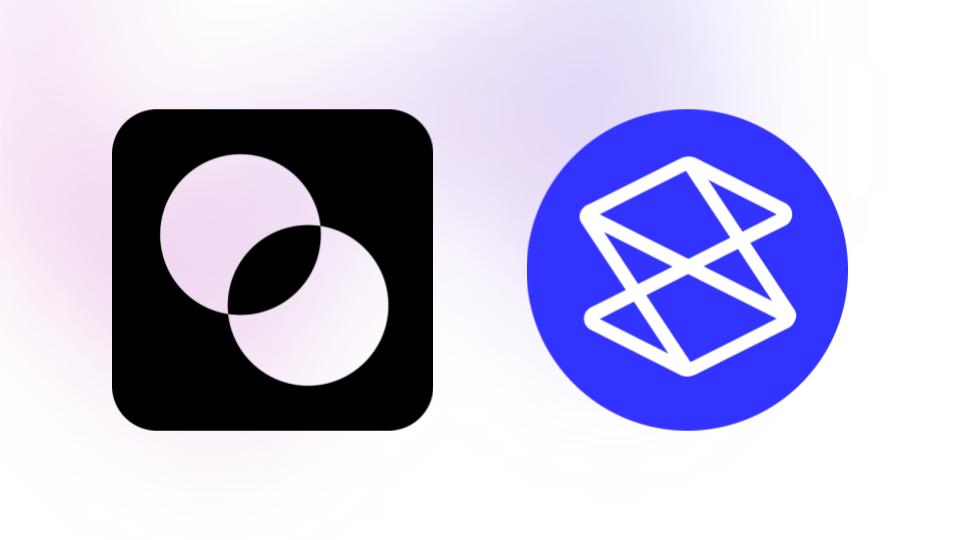Stacker is a no-code platform that allows users to create powerful and good-looking web applications without the need for coding skills. This means that anyone can create sites, regardless of their technical background and design skills.
“TheirStack let us optimize our lead qualification process to increase sales, enriching our leads with tech stack data that we couldn’t find anywhere else.”

About Stacker
Stacker is a no-code platform that allows users to create powerful and good-looking web applications without the need for coding skills. This means that anyone can create sites, regardless of their technical background and design skills. It is designed to be user-friendly and intuitive, and it enables companies of all sizes, from small startups to large enterprises to make secure front-end interfaces to their spreadsheet databases built on Airtable, Google Sheets or many other data sources.
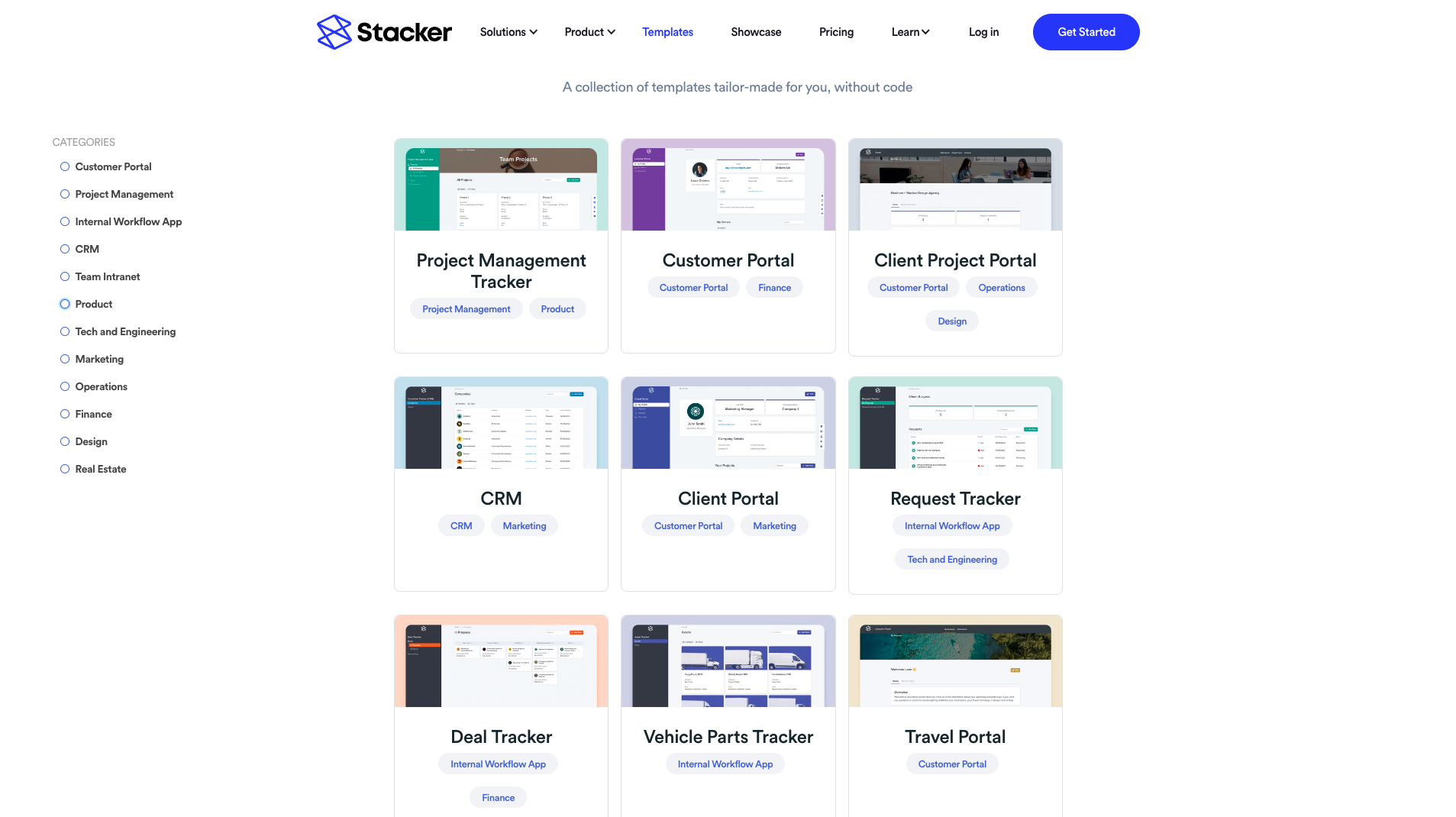
These are some of the sites you can build with Stacker. You can check all of the templates they offer that can be easily customized to build customer portals, internal apps, custom CRMs, and more.
Using TheirStack to create prospect lists for account-based marketing
The idea behind account-based marketing is to focus on a set of prospects and target them via multiple channels: showing them very personalized ads, sending personalized cold emails, connecting and interacting with them on LinkedIn, etc.
Typically a way to approach this was choosing an industry or type of company and going after as many as possible in that category. Let’s say real estate companies, for instance.
Stacker integrates tightly with Airtable and Google Sheets, so it would be much better if, within an industry, they could target only companies that use any of those tools. With TheirStack, users can do exactly this, and this is one of the things Stacker did.
Our tech details view lets you get lists of companies using one or more technologies easily.
Stacker used this to run outbound campaigns on people working at those companies and also to create audiences on Linkedin to display ads exclusively to those people. You can do this by uploading a CSV with domain names to LinkedIn. Learn more about this LinkedIn feature here and here.
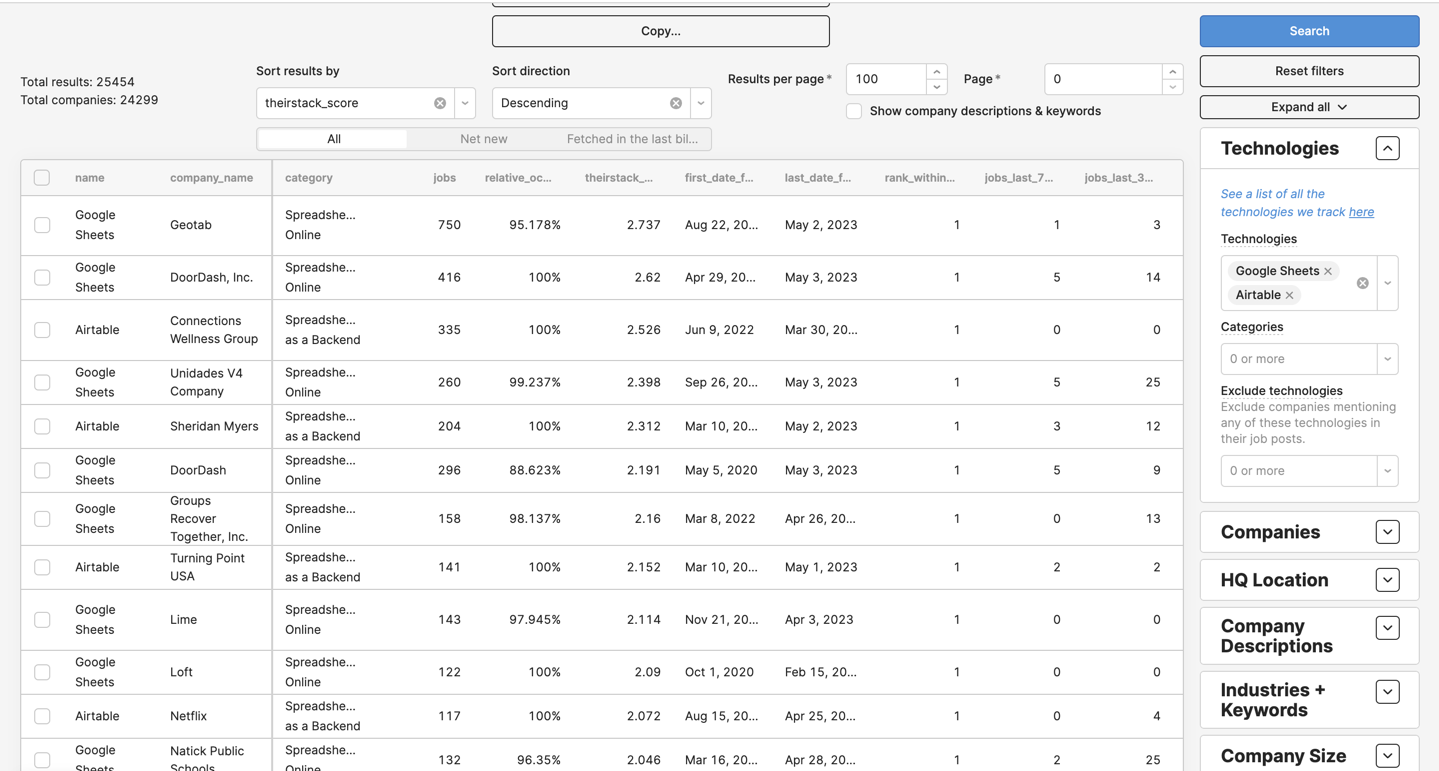
This resulted in much more effective marketing campaigns because of targeting highly pre-qualified companies, and also reduced the cost of those campaigns as they were targeting smaller audiences with a high chance of buying, instead of entire industries.
Qualifying inbound leads better with TheirStack
Stacker has invested a lot in their content marketing, and receives lots of inbound leads from different sources. To optimize their efforts and resources, it was needed to qualify those leads to try to convert the best ones to paying customers.
Qualifying by company size or industry is a good starting point. But as Stacker tights really well with Google Sheets and Airtable, the best leads would be those that were using any of those technologies. How could one know that?
Existing providers such as Clearbit or BuiltWith give you data like company size or industry, and their coverage of frontend technologies is pretty good because they look at the source code of websites to infer it.
But for technologies such as Google Sheets or Airtable, checking the source code of a website tells you nothing about whether the company uses them or not, so it would be useless to build Stacker’s lead qualification system. In fact, Clearbit doesn’t even track these 2 tools ( source), and BuiltWith results are questionable.
TheirStack analyzes millions of job descriptions to infer the tech stack of companies. This lets us know not only about frontend technologies, but also about tools like databases, internal tools, data warehouses, backend technologies, tools like Airtable or Google Sheets, and any other tool that companies mention in their jobs.
Stacker uses Zapier, so it was easy to add TheirStack as a step in the process they run to enrich every signup they get, using our Zapier enrichment app.
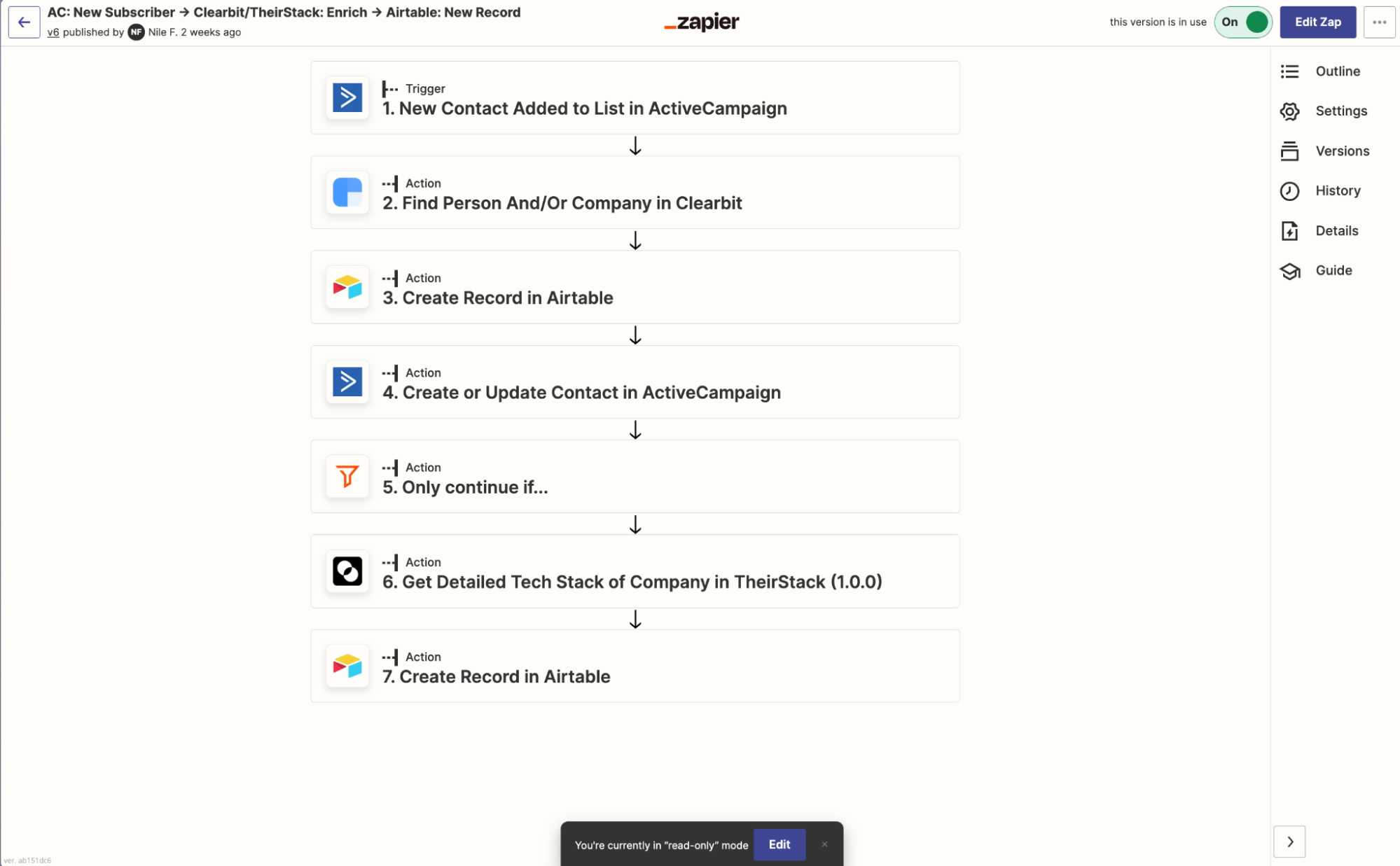
Looking at the TheirStack action specifically, we can pass categories that are relevant to us to get details about technologies that belong to those categories. In the case of Stacker, those categories would be “Spreadsheets as a Backend” and “Spreadsheets Online”, where Airtable and Google Sheets belong to.
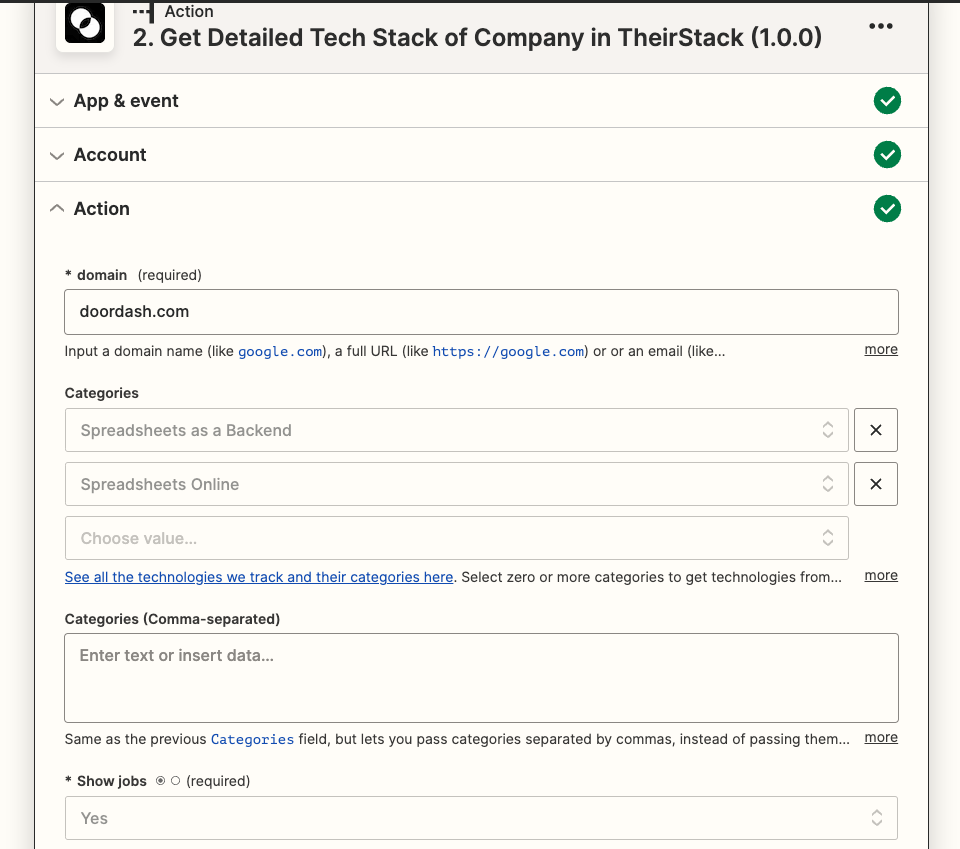
And this would be the response. We see that in this case, the company we’re enriching has mentioned Google Sheets in 289 jobs, so it’s very likely that they use it and that they would be a good account for Stacker.

When a new signup like this would use Google Sheets or Airtable, they’d save it in their CRM and prioritize that lead. These leads are much more likely to become customers, so an account manager would be assigned to talk to them and show them how Stacker could help them as they were using already GSheets or Airtable.
Ultimately, this let Stacker manage their resources much more efficiently and ultimately raised conversion rates and sales.
Stacker uses TheirStack for account-based marketing and lead qualification

